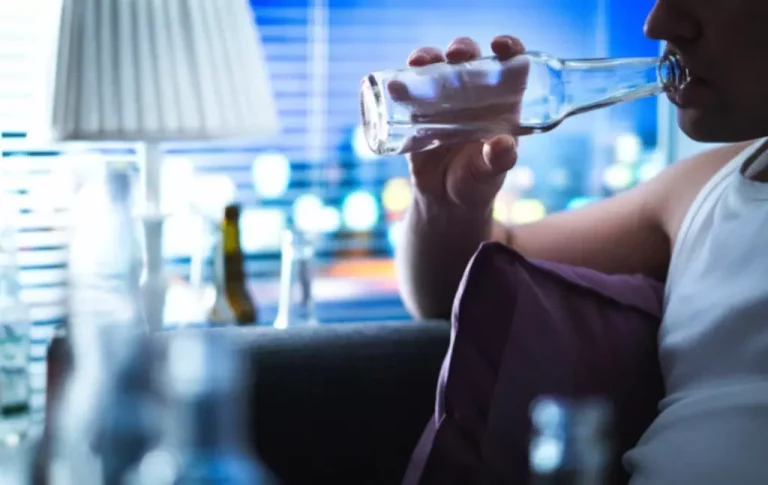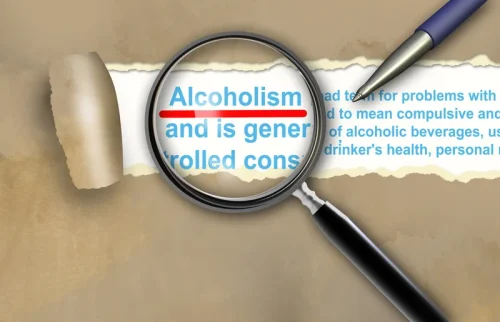
Many alcoholics have an elevated Bilirubin which is responsible for the normal breakdown of red blood cells. Other liver problems are the destruction of liver cells and cirrhosis – scarring of the liver. Injections of nor-binaltorphimine, how to build alcohol tolerance a κ-opioid receptor antagonist, in the NAc core but not shell also reduced rapid tolerance in the tilt-plane test, whereas naltrindole, a potent and selective δ-opioid receptor antagonist, had no effect (Varaschin and Morato, 2009).
- Metabolic or pharmacokinetic tolerance could result from an increase in the rate of drug metabolism after repeated drug exposures.
- The sale of such drugs is conditional on truthful labeling and all the pertinent information needed for the drug’s safe and effective use.
- It converts alcohol into acetaldehyde (a very toxic intermediate product) and later converts it into water and carbon dioxide.
- All Addiction Resource content is medically reviewed or fact checked to ensure as much factual accuracy as possible.
- Although the mice were tested in a typical 2-day rapid tolerance experiment, the experiment was repeated weekly, which may have also led to conditioned compensatory hyperthermic responses.
Reverse Tolerance and Drug Sensitization: Key Concepts Explained
Acute withdrawal after even a single drug exposure also can occur, for example, alcohol hangover. In other cases, such as fatty liver disease, you can reverse the damage from alcohol. In fact, if you lost 75% of your liver, it would regenerate to its previous size. When Alcohol Liver Disease (ALD) is in its early stages, it is possible to heal the liver and restore its functioning completely.
A Guide to Alcohol Tolerance

The differences between the drug combination and placebo were robust (Fig. 5-3). Drugs can have undesired interactions through pharmacokinetic or pharmacodynamic mechanisms. These interactions can vary widely in their potential to cause serious problems. Tricyclic antidepressive drugs can produce potential hazardous interactions when combined with MAOIs, NE, Epi, or phenothiazines.

Our Florida Rehab: Destination Hope’s Comprehensive Addiction Treatment
It is crucial to note that specific drug effects may display sensitization, tolerance, or no change at all with repeated use, highlighting the complexity of this topic and its wide-ranging implications on both drug abuse and treatment methodologies. Repeated treatment with dopamine receptor antagonists increases the concentration of postsynaptic D1-like and D2-like dopamine receptors in the brain (Strange, 2001). This has clinical consequences because all antipsychotic drugs used clinically today, with one exception, are D2-like dopamine receptor blockers. The one exception is aripiprazole, a weak dopamine agonist that when present in a synapse containing excessive dopamine will function as an antagonist. It has been postulated that postsynaptic supersensitivity due to repeated antipsychotic drug treatment could contribute to tardive or emergent dyskinesias, which result from chronic, potent D2-like blockade (see Chapter 58).
Is It Possible To Recover From End-Stage Alcoholism?
The information we provide is not intended to be a substitute for professional medical advice, diagnosis or treatment. It should not be used in place of the advice of your physician or other qualified healthcare providers. The primary way a https://ecosoberhouse.com/ person with early-stage alcoholism differs from someone in middle-stage alcoholism is that alcohol is no longer leveraged for a quick high. If you can’t stop heavy drinking or binge drinking, then you need treatment for alcohol addiction.
